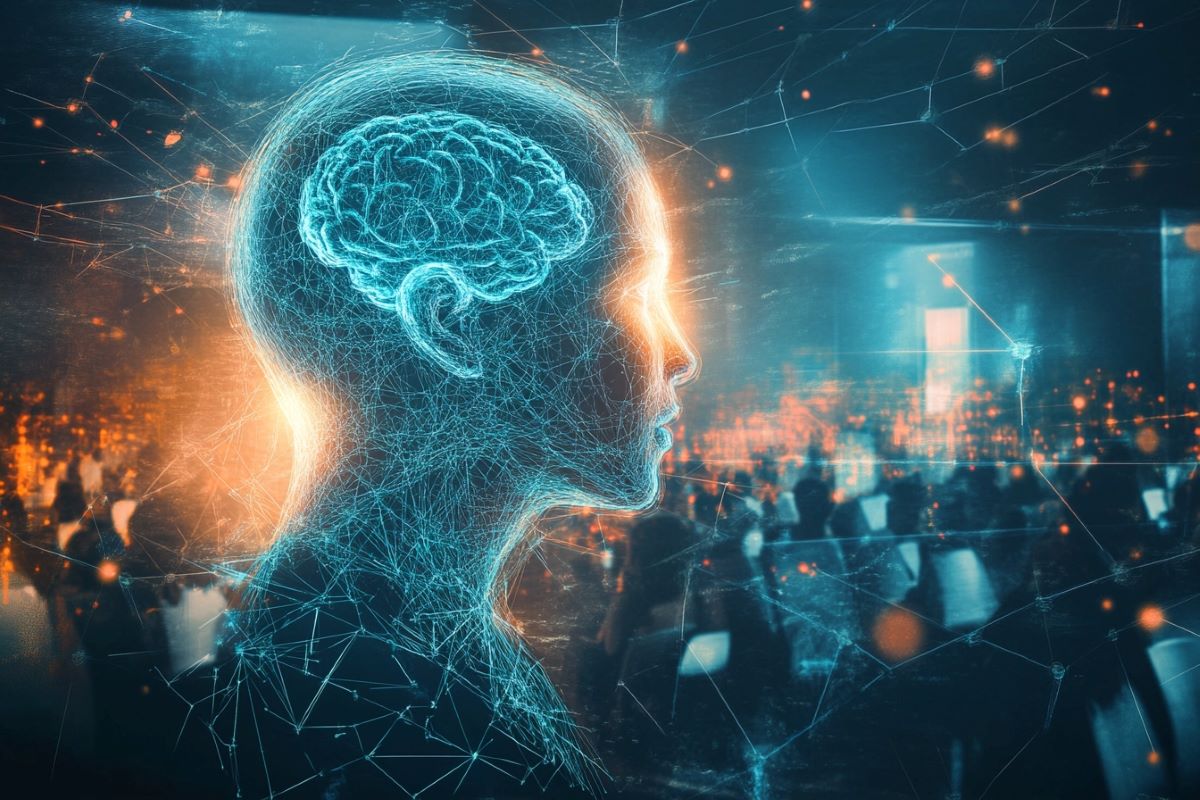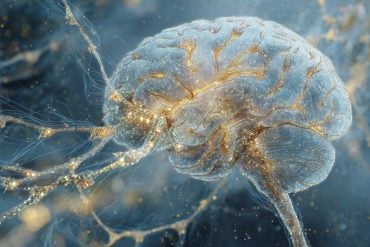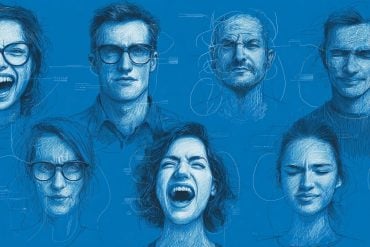Summary: When focusing in noisy environments, the brain adjusts not by concentrating harder but by ignoring distractions that were previously disruptive. Researchers developed a neural network model showing that people fine-tune their attention based on past experiences with distractions. Unlike traditional models that study one task with a single distraction, this study tested multiple simultaneous distractions, simulating real-world settings.
The results showed that people primarily adjust by suppressing previously distracting inputs rather than enhancing focus on a task. This research provides a new understanding of how attention works and could have applications in cognitive training and ADHD treatment.
Key Facts:
- Selective Suppression: The brain learns to ignore distractions rather than focusing harder on a task.
- Real-World Relevance: Unlike previous models, this study tested multiple distractions at once, mimicking real-life situations.
- Neural Basis: Upcoming MRI studies aim to identify specific brain regions involved in adaptive attention control.
Source: WUSTL
Imagine watching a speaker and another person nearby is loudly crunching from a bag of chips. To deal with this, a person could adjust their attention to downplay those crunch noises or focus their hearing on the speaker. But understanding how human brains do this has been a challenge.
Now, with a new neural network model, researchers at Washington University in St. Louis have a better tool to uncover what brain mechanisms are at play when people need to focus amid many distractions.

The model, now published in Nature Human Behaviour, demonstrates that people focus not by concentrating extra hard on a subject, but by ignoring inputs that were distracting in the past.
“Previous work showed that when people encounter a very difficult task, they adjust their attention to make them impervious to new distraction,” said study author Wouter Kool, an assistant professor of psychological and brain sciences in Arts & Sciences at WashU. “However, it remained unclear how they adjusted their attention.”
It’s not that people may not do both forms of attention control — concentrate and reduce distractions — but how they do that can be affected by the difficulty of previous tasks.
“In our work, previous difficulty also clearly affected their sensitivity to current difficulty,” Kool said, summarizing their findings.
The key innovation in this work is that usually researchers study this problem with only one source of relevant information and one source of distracting information.
An example of this older work is the Stroop task, which includes a list of words for colors that can match or not match the color in which the word is printed.
By investigating the delay in reaction time when participants are asked to name the color of mismatching words, researchers have created simple neural network models to understand how humans focus on tasks. But again, that’s one distraction, one task. Kool’s postdoctoral researcher Davide Gheza wanted to change it up.
“We increased the sources of distraction, mimicking a cocktail party or a conference meeting,” Gheza said.
In contrast to the Stroop task that involves simple colored words, their task requires to choose among two complex stimuli with varying shapes, colors, borders and motion directions. This is meant to bring four total sources of information.
By running participants through a series of trials where each of the four sources could be either the target task or one of the distractions, “we found strong evidence that people were really modulating their attention to the distractor and not so much to the target,” Kool said.
“People tune their attention very specifically,” he said. “If something or someone was distracting before, you learn to ignore them in the future, but you stay open to other inputs that might help complete the task.”
The next step will be testing this model on brain data collected while participants perform this task in an MRI scanner. Gheza and Kool believe this will help them pin down what specifically is happening in people’s brains while they encounter and overcome multiple sources of distraction.
Funding:
This work was financially supported by a Multi-University Research Initiative grant (ONR/DoD N00014-23-1-2792) to Kool and by a McDonnell Center for Systems Neuroscience grant to Gheza.
About this attention and neuroscience research news
Author: Leah Shaffer
Source: WUSTL
Contact: Leah Shaffer – WUSTL
Image: The image is credited to Neuroscience News
Original Research: Closed access.
“Distractor-specific control adaptation in multidimensional environments” by Wouter Kool et al. Nature Human Behavior
Abstract
Distractor-specific control adaptation in multidimensional environments
Goal-directed behaviour requires humans to constantly manage and switch between multiple, independent and conflicting sources of information. Conventional cognitive control tasks, however, only feature one task and one source of distraction. Therefore, it is unclear how control is allocated in multidimensional environments.
To address this question, we developed a multidimensional task-set interference paradigm, in which people need to manage distraction from three independent dimensions.
We use this task to test whether people adapt to previous conflict by enhancing task-relevant information or suppressing task-irrelevant information. Three experiments provided strong evidence for the latter hypothesis.
Moreover, control adaptation was highly dimension specific. Conflict from a given dimension only affected processing of that same dimension on subsequent trials, with no evidence for generalization.
A new neural network model shows that our results can only be simulated when including multiple independent conflict-detector units.
Our results call for an update to classic models of cognitive control and their neurocomputational underpinnings.







